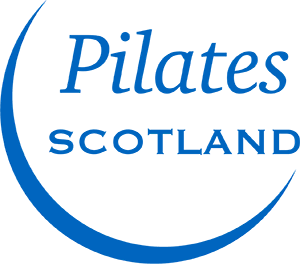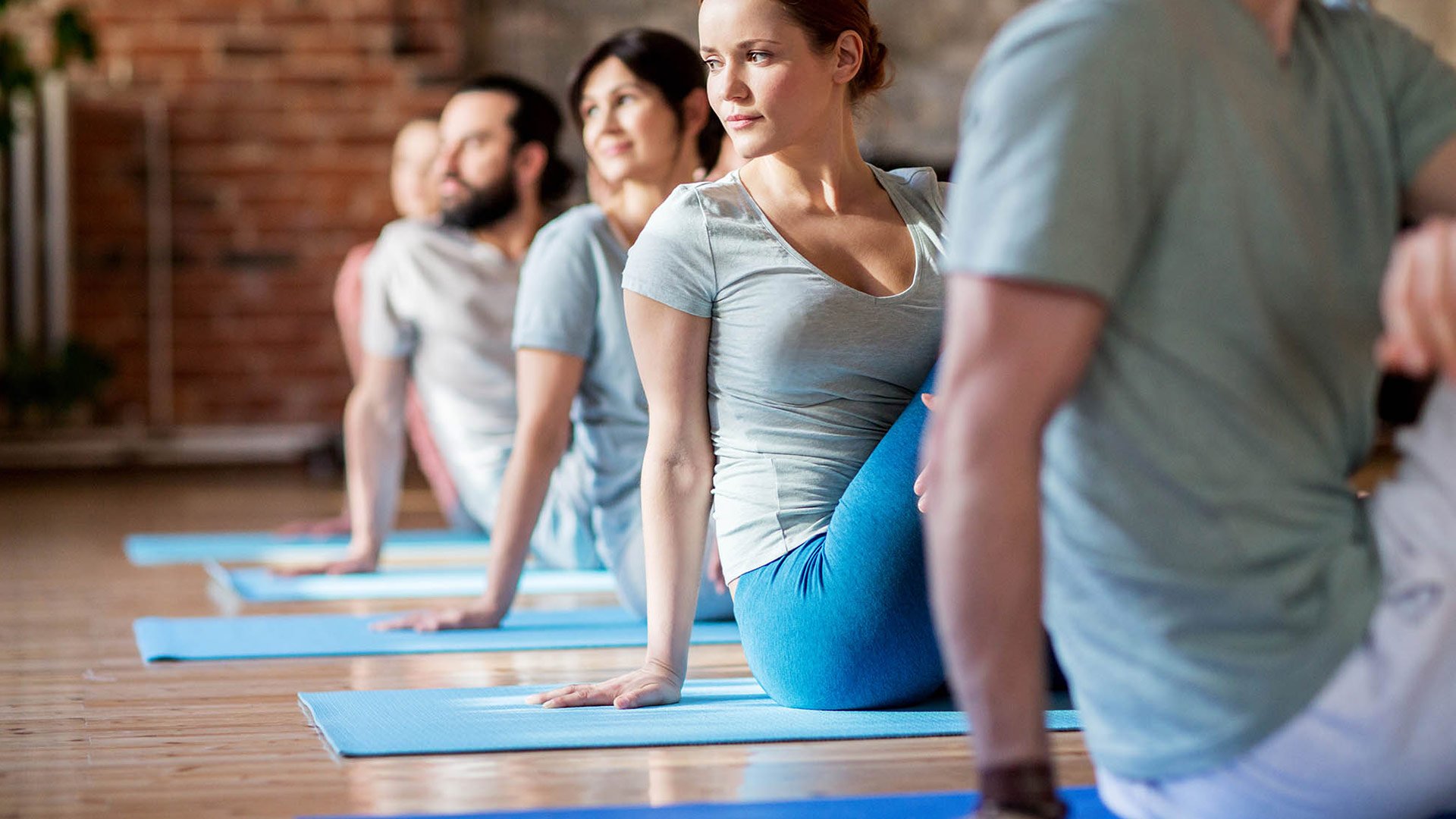
What modifications can help me to perform Pilates exercises?
Physical challenges specific to our own bodies, can often put us off participating in physical activity. It is important to remember that it takes time to develop strength and body awareness to both see and feel improvements and to perform exercises successfully. When you are new to Pilates or if you are dealing with an injury, it is common to feel strain or discomfort in your neck, hip flexors or lower back. Good instructors will be able to recommend modifications to ease your discomfort allowing you to perform an exercise successfully. When you are working out at home by yourself, a good general rule to follow is to make movements smaller and reduce the amount of repetitions you are doing. Bending your knees can also help and finally, if it hurts, don’t do it. Below, we cover the most common physical challenges and we offer advice to help you to overcome them.
‘’I struggle to sit up straight.’’
It can be a struggle to sit up straight with your legs out in front. This a position we use often in exercises such as ‘the saw’ or ‘spine twist’. If you feel your lower back is rounding despite your best efforts, try bending you legs slightly. Another option is sit on a yoga block, a couple of thick books or a firm cushion. This will lift the pelvis, creating a little more space, allowing you to feel more comfortable as you sit up.
‘’It’s uncomfortable to lie on my back.’’
Depending on our natural or developed spine, lying on our back can feel uncomfortable. If you tend to have a forward head position when you are standing, you may find using a yoga block, book or firm cushion under your head when lying down beneficial. If you have challenges with your lower back, placing a small towel or thin cushion underneath your lumbar area may feel more comfortable.
‘’Lifting my head strains my neck.’’
Neck strain is a common challenge when beginning Pilates practice. Lifting the head and neck of the floor encourages core activation and is used regularly in many exercises such as ‘The 100’, ‘Scissors’ and ‘Double Leg Stretch’ to name a few. Rest assured, that over time the abdominals will become stronger and take away the pressure on the neck muscles. In the meantime, you can place a yoga block, thin cushion or book under your head so you have less distance to lift and lower the head. Or if this is still a struggle, place a small towel around the back of your head and take the corners of the towel in your hands, creating a hammock shape allowing the head to be supporting in your movement. As your abdominal strength increases, lessen the grip on the towel.
‘’I struggle to get up from the floor.’’
As many Pilates exercises are situated in supine position (lying with our back on the floor), getting up and from the mat may be a challenge. From your supine position, roll onto your side and use your hands and arms to help you push up to a sitting position, as you would when you are getting out of bed.
‘’My hips and back are too tight.’’
Bent knees are your best friend! If you are suffering with tight hips and lower back, there are a couple of things you can do. Firstly, when you are doing exercises to strengthen your abdominals is supine position, such as ‘The 100’, keep your knees bent and your feet on the floor. As your core strength improves you may feel able to progress to lifting one or even two legs into the table top position (knees over hips with shins parallel to the ceiling). Opt for keeping your keeps soft (slightly bend) when performing any exercise that stretches the hips, hamstrings and lower back, such as the ‘Roll down’, ‘Spine stretch’ or ‘One leg circle’. When sitting up tall is an issue, place a block or book underneath your sit bones as suggested in ‘’I struggle to sit up straight.’’
‘’I can’t put pressure on my wrists.’’
If you have delicate wrists, roll up the edge of your mat or use a rolled up towel to place under your wrists to create a small ledge. Alternatively, you can try using a fist instead of the flat part of your hands, or come down onto your forearms instead. When lying on your side for exercises such as ‘Side kick’, instead of placing your head on your hand, you can lie down with your underneath arm stretched out so your head rests on the inside of your upper arm. This can also be a suitable modification for those with neck injuries.
Our members can access our library of ‘How to’ videos for tips, modification and progression options for each of the original 34 Joseph Pilates exercises.
To join us in your practice you can start our 14 day free trial by clicking here. Enjoy instant access to our extensive library of classes with new classes added every week. Our team of expert instructors will guide, support and help to motivate you in your practice, delivering classes for all levels (including beginners!) We often find that those who are experiencing physical challenges are often the ones who need us the most. We often say when experiencing physical difficulties, the 2 most important steps to recovery is practice and patience.
To receive more advice and tips on how to improve your wellbeing, please subscribe to our weekly newsletter below.



